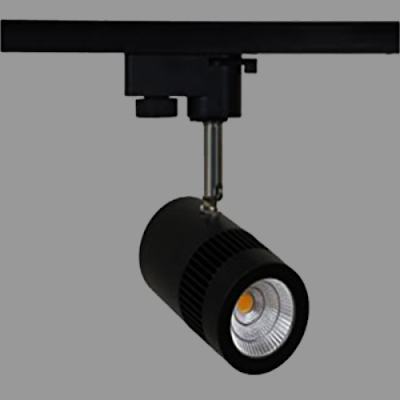Things to Consider when Choosing Commercial Lighting
When it comes to creating an inviting and functional environment, lighting plays a pivotal role. In commercial spaces, the right lighting not only enhances aesthetics but also impacts productivity, safety, and overall ambiance. Let us delve into the world of commercial lights and explore their various aspects.
1. Types of Commercial Lights
a. Fluorescent Lights
Fluorescent lights are energy-efficient, emit a cool white light, and are commonly found in offices, retail stores, and warehouses
b. LED Lights
LED lights They offer longevity, energy efficiency, and versatility. LEDs come in various color temperatures, making them suitable for different applications. From recessed downlights to linear strips, LEDs dominate commercial lighting choices.
c. High-Intensity Discharge (HID) Lights
HID lights, such as metal halide and high-pressure sodium lamps, are prevalent in outdoor and large indoor spaces. They provide intense illumination and are commonly used for parking lots, stadiums, and warehouses. However, their warm-up time and maintenance costs can be challenging.
2. Considerations for Choosing Commercial Lights
a. Purpose and Functionality
Before selecting lights, consider the purpose of the space. Is it an office, retail store, or industrial facility? Task lighting, ambient lighting, and accent lighting serve different functions. For instance, task lighting is crucial for workstations, while ambient lighting sets the overall mood.
b. Energy Efficiency
Energy costs impact the bottom line. Opt for energy-efficient options like LEDs or T5 fluorescent tubes. Look for fixtures with high lumens per watt (lm/W) ratings to maximize brightness while minimizing energy consumption.
c. Color Temperature
The color temperature affects the ambiance. Warm white (2700K-3000K) creates a cozy feel, while cool white (4000K-5000K) suits offices and retail spaces. Daylight (5000K-6500K) mimics natural sunlight and is ideal for task-oriented areas.
d. Maintenance and Lifespan
Consider long-term costs. Reduced maintenance means fewer disruptions and cost savings.
3. Trends in Commercial Lighting
a. Human-Centric Lighting
This trend focuses on aligning lighting with our circadian rhythms. Tunable white LEDs can adjust color temperature throughout the day, promoting well-being and productivity.
b. Smart Lighting Systems
Intelligent lighting systems allow remote control, dimming, and scheduling. Sensors detect occupancy, adjusting light levels accordingly. Smart lighting enhances energy efficiency and user comfort.
c. Architectural Lighting
Architectural lighting emphasizes aesthetics. Linear LED strips, cove lighting, and accent fixtures highlight architectural features, creating visually appealing spaces.
Choosing the right commercial lights involves balancing functionality, aesthetics, and efficiency. Whether you are illuminating a retail store, an office lobby, or a warehouse, thoughtful lighting design enhances the overall experience. So, next time you step into a commercial space, take a moment to appreciate the role of those unassuming light fixtures above your head-they are quietly shaping the environment around you.
Remember, good lighting is not just about watts and lumens; it is about creating an atmosphere that leaves a lasting impression.

Comments